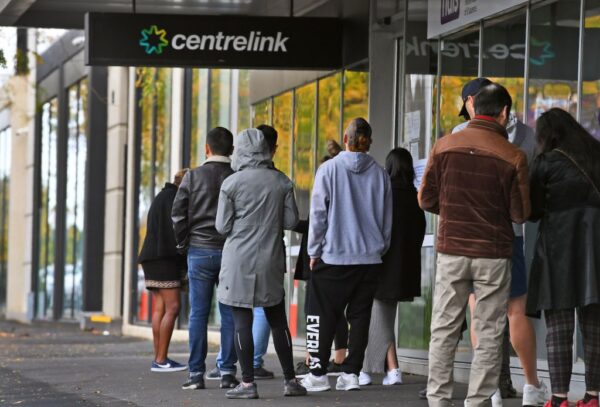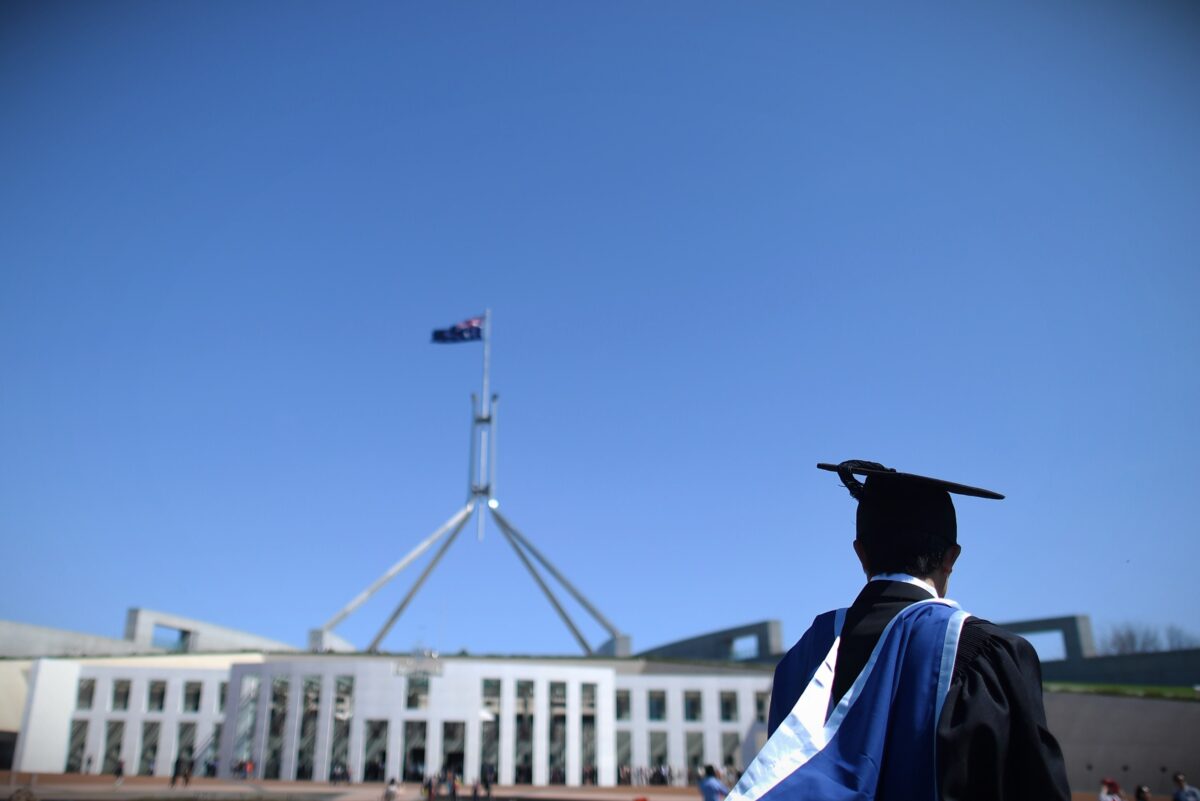Commentary
Handout culture is rampant in society today. People are seen as victims, and government handouts have become the natural response to any form of misfortune—great, small, or imagined.
It, therefore, came as no surprise that the response to recently announced increases in indexation to student debt was a call for another government handout. In an open letter, a crossbench collection of Greens and Independents said urgent intervention was needed to address the spiralling costs.
While they did correctly identify a problem, their solution leaves much to be desired.
Yes, student debt is about to rise rapidly, thanks to rampant inflation. HECS-HELP loans will increase by 7.1 percent next year, compared to the historical indexation rate of around two percent.
The average student debt of $24,000 (US$16,000) will increase by $1,700 (US$1,150), and further indexation rate hikes are expected next year.
Even worse, based on CPI forecasts in the latest budget, it is estimated that next year, student debts will be indexed again by around 3.9 percent.
While, unsurprisingly, the crossbench agitators failed to take into account the earning potential of graduates, these increases are nevertheless no small issue.
University graduates will enter the workforce saddled with debt amid a cost-of-living crisis and just as real wages start to fall—but is another government handout the answer?

There is a much better solution at hand that could also help ease Australia’s unprecedented, country-wide shortage of workers.
Currently, students on the Youth Allowance lose 60 cents on the dollar once they earn more than $288 per week. This is a clear disincentive to taking on a job while studying.
Across the nation, there are almost 125,000 students on the Youth Allowance, and 55 percent of these have no alternative income.
If unfair red tape and tax barriers were removed, the Australian workforce could expand by 69,000. Students would have the opportunity to get ahead, work off more of their debt, and enter the workforce full-time in a better financial position.
As noted in the letter from the crossbench, “Student debt is already locking people out of the housing market, crushing dreams of further study and exacerbating the cost-of-living crisis.”
Getting Students Work-Ready
The Australian dream of owning a house is becoming increasingly unattainable. This is a big problem because home ownership is closely tied to wealth. It also gives people a stake in the nation’s future.
On top of this, students who have had practical, real-life experience working while at university will likely be better prepared for their careers. These would be work-ready graduates as opposed to woke-ready graduates who have been primed for a role as a mid-tier human resources officer.
The intellectual mission of universities is to impart knowledge and hone the mind; failing that, they should at least impart practical skills which will help students transition to the workforce.
In contrast, the current system sets students up for a life of dependence. A reformed system would remove financial barriers to tertiary study, and empower students to take responsibility for their own lives.

John F. Kennedy said, “Work is the virtue that enables us to achieve our full potential and contribute to the progress and prosperity of our communities.”
Work is a good thing at an individual, community, and national level.
Ultimately, Youth Allowance reform would help kill three birds with one stone: student debt, Australia’s worker shortage, and university shortfalls in preparing students for the workforce. The Albanese Government should be focused on removing these barriers to work for university students.
On a national level, it would help fill critical worker shortages. According to the Australian Bureau of Statistics, there were 438,500 reported job vacancies in February this year. One-quarter of businesses were unable to find enough workers.
The rising indexation rate for student loans will not be fixed by short-term government relief. At best, it is a temporary, band-aid fix that would eventually need to be ripped off.
Those in the Canberra bubble need to think outside of the box, think beyond the next handout, and implement practical solutions to help students.
In a high-inflation economy, the handout mentality is a dangerous one. High school economics teaches that giving people more “free” money only fuels inflation, driving up interest rates.
By allowing students to work without losing their student allowance due to exorbitant effective taxation rates, a win-win solution can be achieved for students and Australia.
Views expressed in this article are the opinions of the author and do not necessarily reflect the views of The Epoch Times.


















































